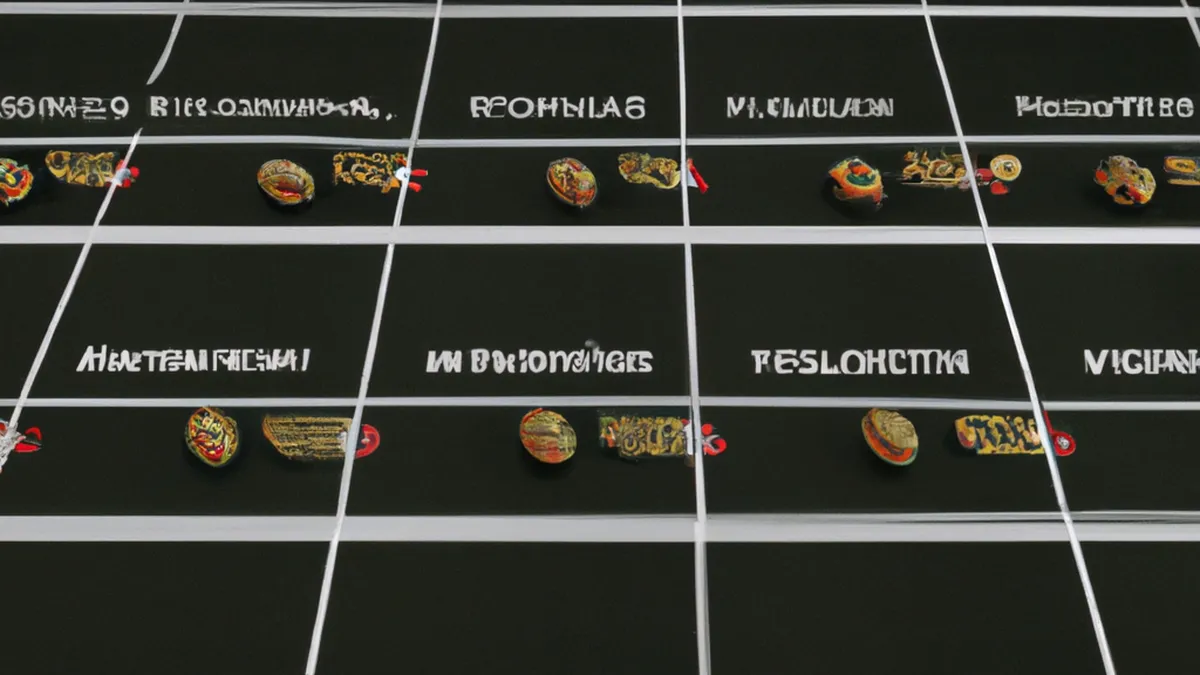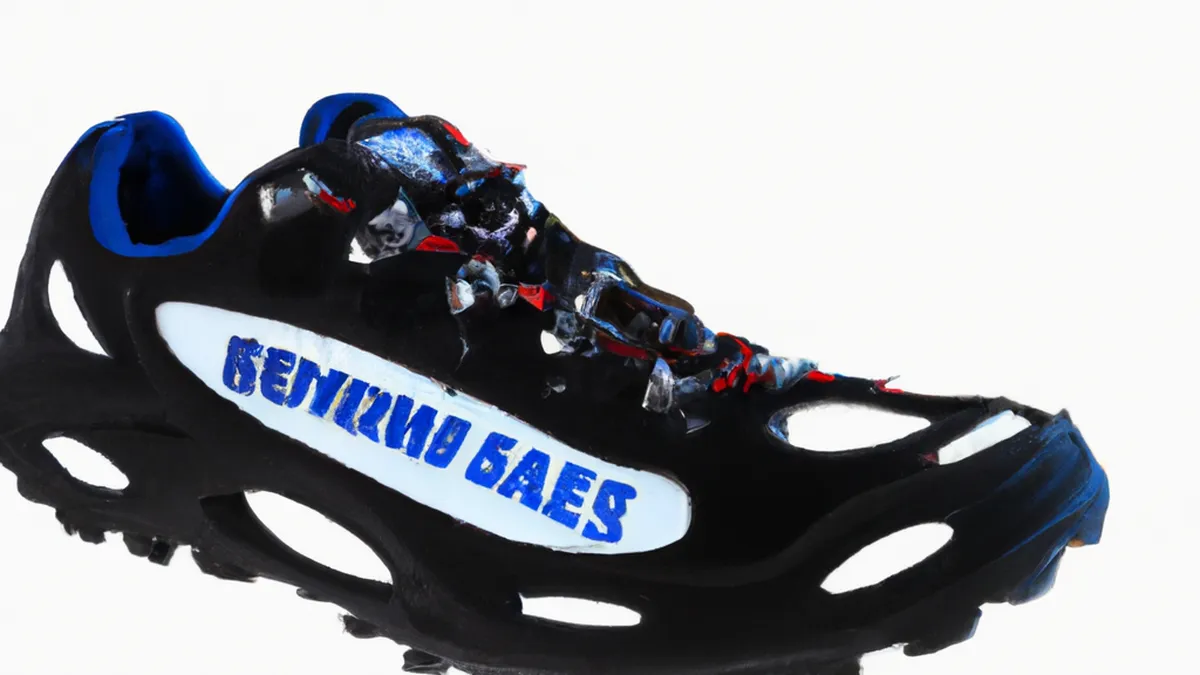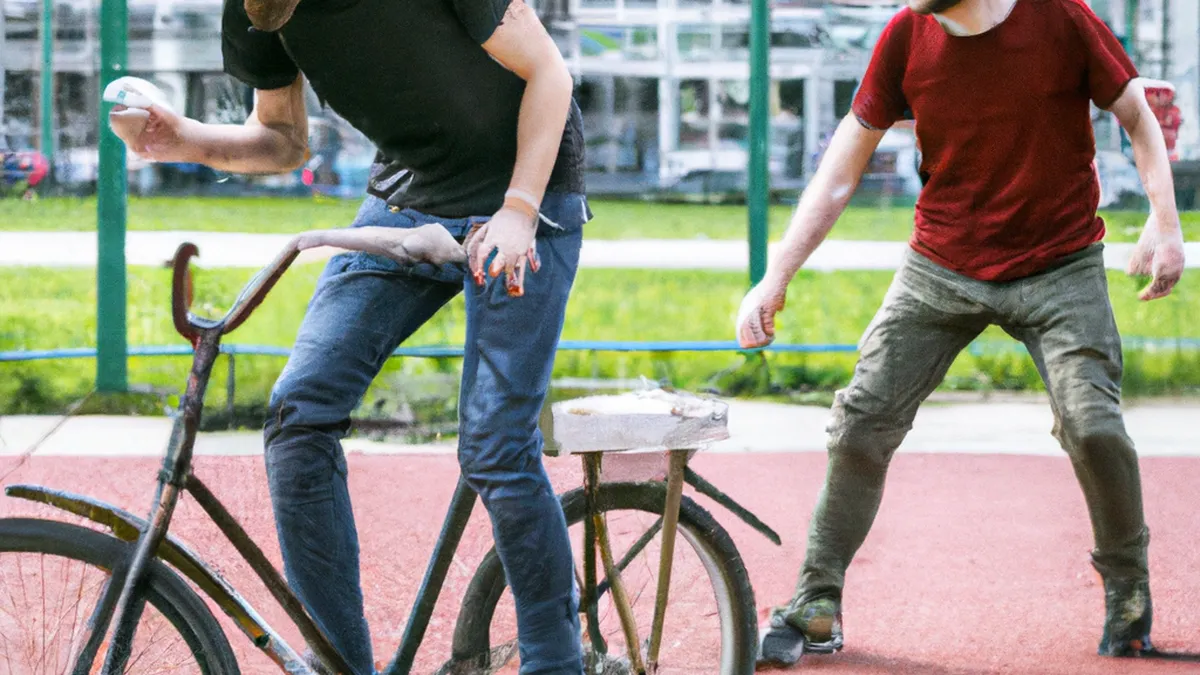Visualize Success in Route Running Skills
The Role of Visualization in Enhancing Route Running Skills
Visualization enhances route running skills by allowing athletes to mentally rehearse techniques. Athletes in sports like football, soccer, and track rely on route running to gain advantages. Incorporating visualization into training improves performance, confidence, and mental resilience. This blog post explores effective visualization techniques and their benefits for route runners.
Understanding Visualization
Visualization is a mental skill that creates vivid images of desired outcomes. It involves imagining every detail of a run. Athletes visualize executing perfect routes, including steps, cuts, and acceleration. This technique solidifies actions in the athlete’s mind, increasing successful execution in real-life situations.
Additionally, visualization strengthens muscle memory. When athletes visualize movements, their brains create corresponding neural pathways. This process aids in executing skills instinctively, especially in high-pressure situations. Ultimately, visualization enhances confidence and performance on the field.
Key Techniques for Effective Visualization
1. **Create Detailed Mental Images**
Effective visualization requires focusing on specific route details. Athletes should picture their exact path, cut angles, and intended pace. Visualize field conditions, weather, and competitors’ movements. Vivid, detailed mental images better prepare athletes for actual performance.
2. **Incorporate Emotions**
Emotions significantly impact visualization. Athletes should connect emotionally with their performance. Feel the adrenaline approaching the route, the crowd’s excitement, and the satisfaction of a perfect cut. Emotions enhance motivation and focus, making visualization more impactful.
3. **Practice Regularly**
Visualization requires consistent practice, like any skill. Athletes should dedicate a few minutes daily to visualize routes and performances. Regular practice strengthens mental representations, making recall easier during actual runs. Over time, visualization will become second nature, leading to improved performance.
Tips for Implementing Visualization
1. **Find a Quiet Space**
Athletes should choose a distraction-free environment to maximize visualization effectiveness. A calm setting allows greater concentration, enabling full immersion in the process. This focus is essential for creating vivid, realistic mental images.
2. **Use Relaxation Techniques**
Incorporate relaxation techniques to enhance visualization.
Conclusion
Visualization significantly impacts athletes’ route running skills. By practicing regularly and focusing on details, athletes can improve performance and confidence.
Conclusion
A brief summary concluding the insights shared.
Below are related products based on this post:
FAQ
How does visualization improve route running skills?
Visualization improves route running skills by allowing athletes to mentally rehearse techniques, creating vivid mental images of their performance. This practice enhances muscle memory and strengthens neural pathways, leading to instinctive execution of skills during actual runs.
What are some key techniques for effective visualization?
Key techniques for effective visualization include creating detailed mental images of the route, incorporating emotions to enhance motivation and focus, and practicing visualization regularly to strengthen mental representations and improve recall during performances.
Why is a quiet space important for visualization practice?
A quiet space is important for visualization practice because it minimizes distractions, allowing athletes to concentrate fully on creating vivid and realistic mental images. This focus enhances the effectiveness of the visualization process, ultimately improving performance.















Post Comment